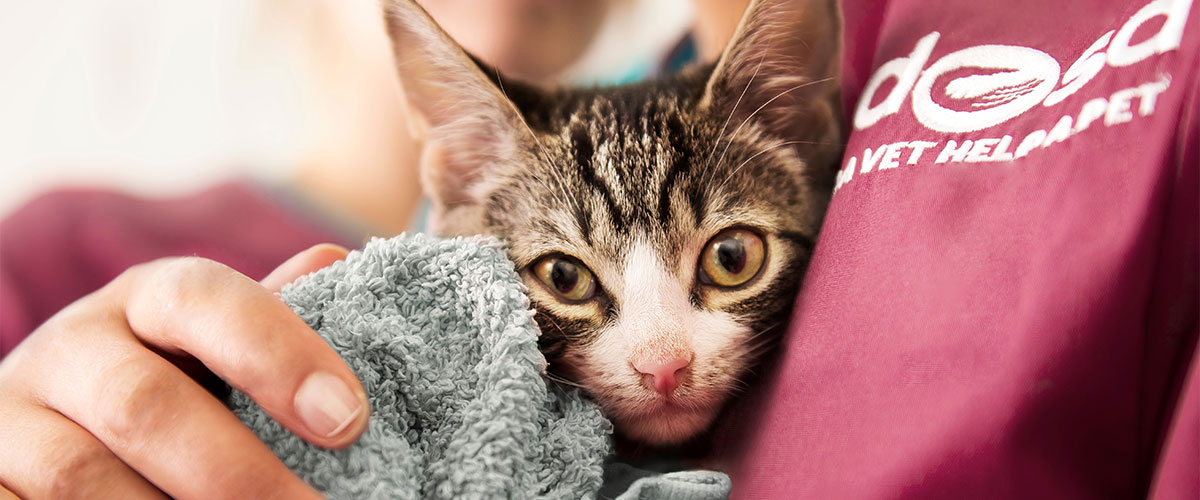Keeping your cat’s weight in check
Just like us, cats will put on weight if they eat too much and don’t exercise enough. Obesity is one of the most common health problems seen by our vets. It can cause health problems such as:
- Diabetes
- Heart disease
- Arthritis.
Pets with conditions like these often die younger which is heart-breaking for their owners.
A healthy body shape for your cat
Looking at your cat’s shape is the best way of keeping an eye on their weight. That’s because the ideal weight varies for every type and breed - but the ideal shape is the same for every cat.
Check your cat’s weight every couple of weeks, starting when they’re a kitten. You’ll quickly learn what’s normal for your cat. All you have to do is look and feel:
- Look at your cat from the side and from above. They should have a smooth, tucked-in waist.
- Feel under your cat’s tummy. It should go in, not bulge out.
- Feel along your cat’s side and back. You should be able to feel your cat’s ribs, spine and hipbones quite easily but they shouldn’t stick out.
- Feel the base of your cat’s tail. There shouldn’t be any build-up of fat where the tail meets your cat’s back.
Your vet or vet nurse can show you how to check your cat’s shape.
Another top tip is to keep a food diary for a week, and take it with you when you go to see your vet. This can help you spot where your cat is getting the extra calories, and makes it easier to cut them out without a special diet.

